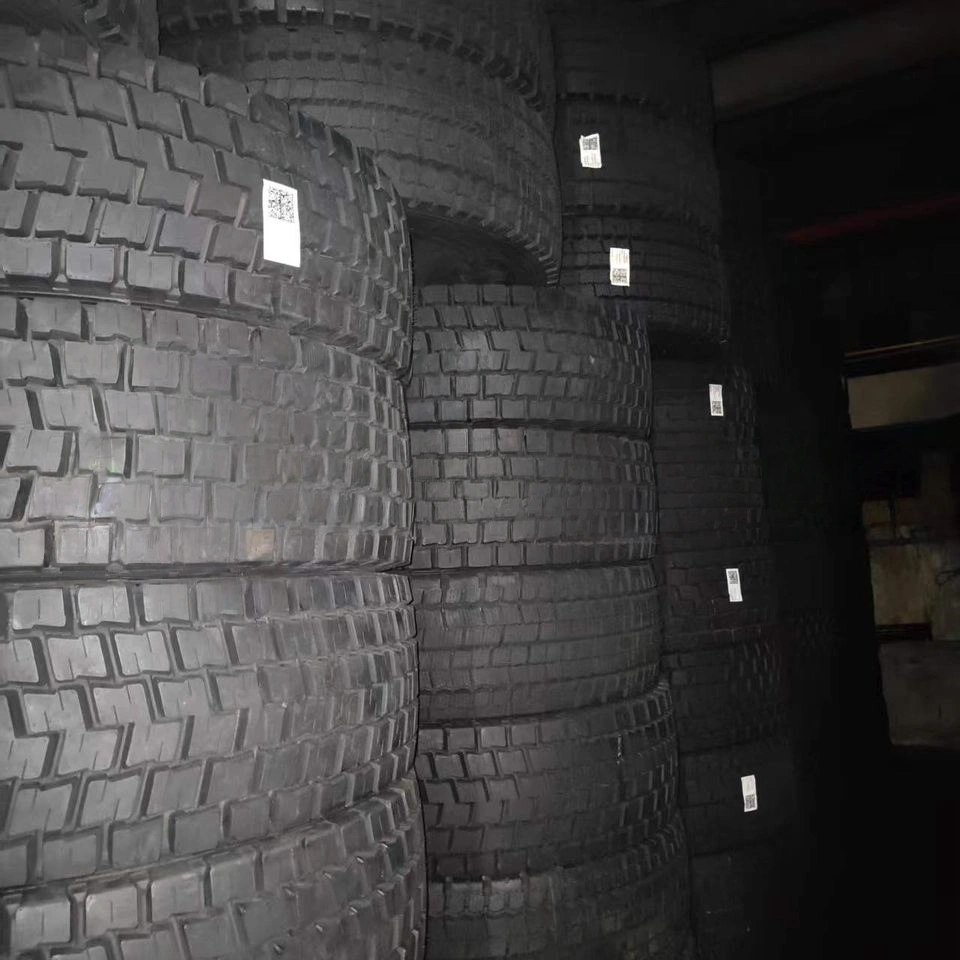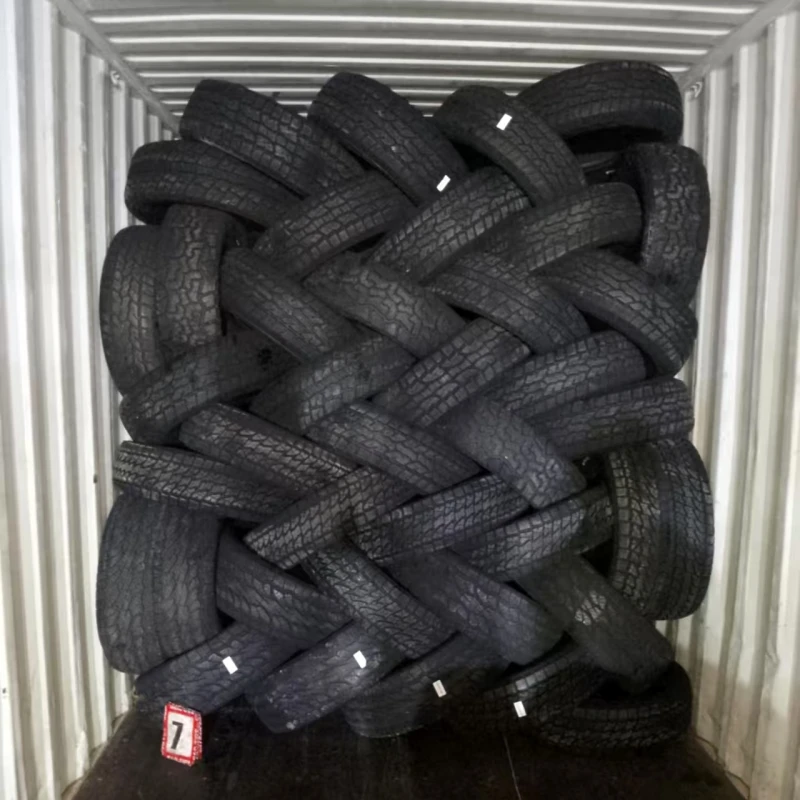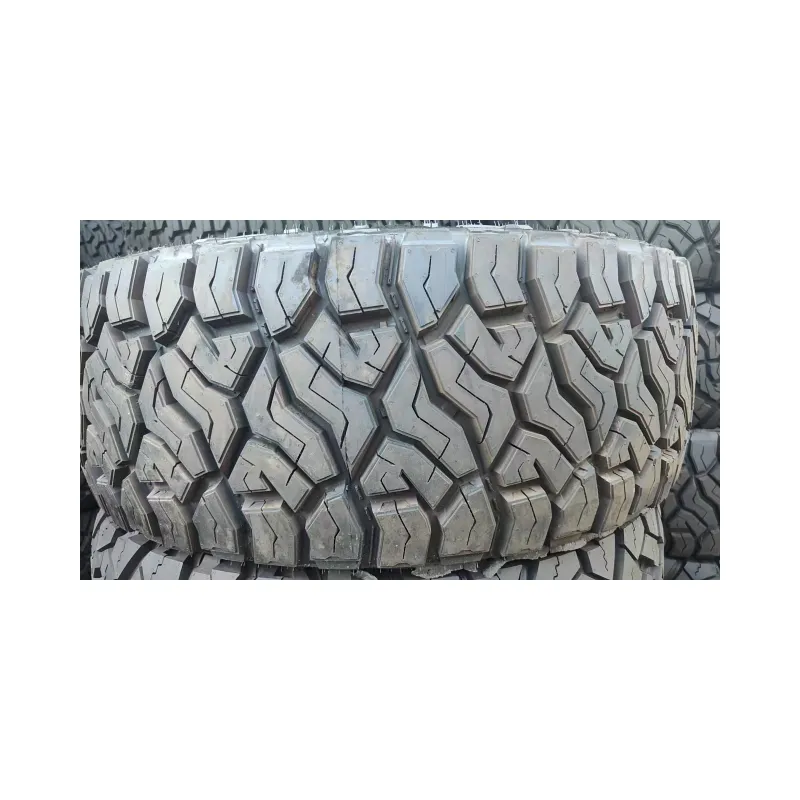In the field of automobile maintenance, "tires" have always been the core components related to driving safety and use costs. For car owners, they must avoid the financial pressure of high-priced new tires and reject the safety hazards of "low-priced and low-quality tires". This contradictory demand has given rise to the rise of the "B-Grade Tire" market segment. As a brand focusing on high-quality second-hand tire screening and services, we take "making high-quality tires be used efficiently" as our concept and make B-Grade Tire a synonym for "high cost performance" and "reliable performance". This article will comprehensively analyze this tire choice that subverts tradition from the dimensions of definition, screening criteria, core advantages and service guarantees.
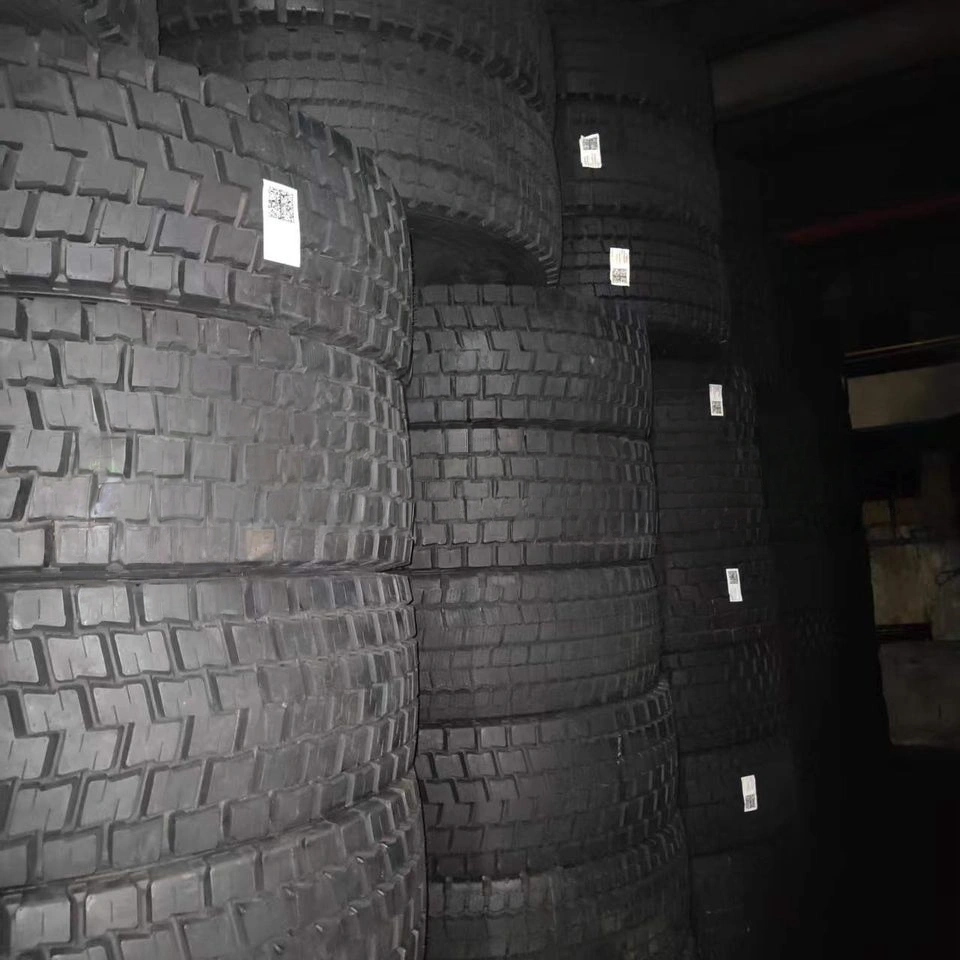
1. What is B-Grade Tire? ——Redefining the value boundary of "second-hand tires"
B-Grade Tire (BG tire for short) is literally translated as "B-grade tire", but the "grade" here is not "defective" or "defective" in the traditional sense, but a quality grading based on strict screening standards. Simply put, it is a second-hand tire that has been professionally tested, repaired and optimized, retaining more than 80% of the performance of a new tire, while the price is only 50%-70% of the new tire of the same specification.
Unlike the traditional perception of "dirty, damaged, and unknown performance" second-hand tires, the core logic of B-Grade Tire is "making the best use of everything" - by eliminating tires with safety hazards, tires that still have long-term use value will be put back on the market. It not only meets the user's demand for cost control, but also completely solves the pain point of "unstable quality" of second-hand tires through a standardized screening process. Whether it is a family car, commercial vehicle or engineering vehicle, B-Grade Tire can become the "second choice" trusted by users with its stable performance.
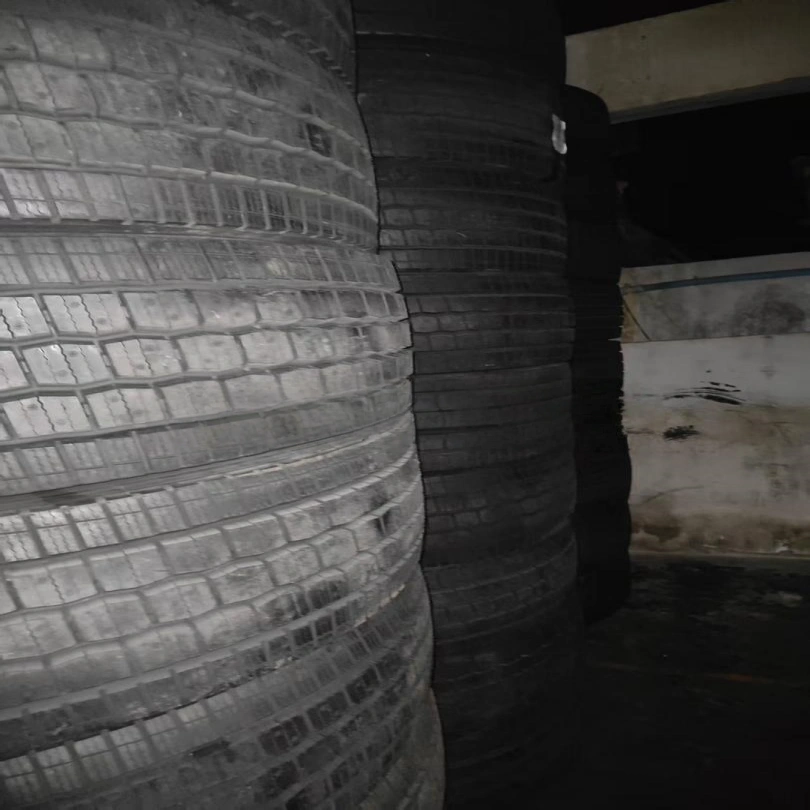
2. From "Second-hand" to "B-Grade": A safety barrier created by 12 processes
Not all second-hand tires can become B-Grade Tires. Each of our tires must go through 12 professional screening and processing processes, covering the entire process of "inspection-repair-quality inspection-warehousing" to ensure that every BG tire shipped from the factory meets strict quality standards. The following is a detailed explanation of the core links:
1. Source control: Direct purchase of high-quality vehicle sources from around the world
Our tires are mainly replaced in batches from retired overseas vehicles (such as taxis, logistics vehicles, corporate fleets, etc.). These tires have a high frequency of use and regular replacement cycles, and generally have sufficient remaining tread depth (generally ≥3mm, far exceeding the safety lower limit of 1.6mm for new tires), and there is no rubber aging problem caused by long-term parking, which guarantees the basic performance of the tires from the source.
2. Appearance inspection: Eliminate "invisible hidden dangers"
Each tire needs to pass a 360° appearance scan, focusing on the following inspections:
• Tread damage: exclude penetrating damage such as cuts, nails, cracks, etc. (only ≤3 small non-structural scratches are allowed);
• Sidewall condition: no bulge, deformation or exposed cord layer (bulge is a sign of damage to the internal structure of the tire, which is directly determined to be eliminated);
• Logo integrity: retain clear specifications, brands, production date and other information to ensure traceability.
3. Performance testing: speak with data
Three core tests are completed through professional equipment:
• Tread depth measurement: use a laser thickness gauge to ensure that the main groove depth of the tread is ≥3mm (a key indicator of grip on wet roads);
• Tire pressure and elasticity test: simulate driving pressure, detect the elastic recovery ability of the tire, and eliminate the problem of rubber hardening caused by long-term use;
• Dynamic balance calibration: use a dynamic balancing machine to detect the center of gravity offset to ensure driving stability after installation (error ≤20g).
4. Repair and maintenance: restore to optimal condition
For tires with slight wear or surface stains, we will do:
• Deep cleaning: high-pressure water gun + special cleaning agent to remove oil, mud and sand to avoid corrosion;
• Tread grinding: micro-grinding of local wear areas to balance the tread height (only for non-critical areas, without affecting the overall structure);
• Anti-aging treatment: Apply special rubber protective agent to delay oxidative aging caused by ultraviolet rays and oxygen.
5. Final quality inspection: double certification guarantee
Each tire must pass the double inspection of "machine initial inspection + manual re-inspection". Only after passing the inspection will it be marked with the "B-Grade Certified" label and attached with the inspection data, so that users can buy clearly.
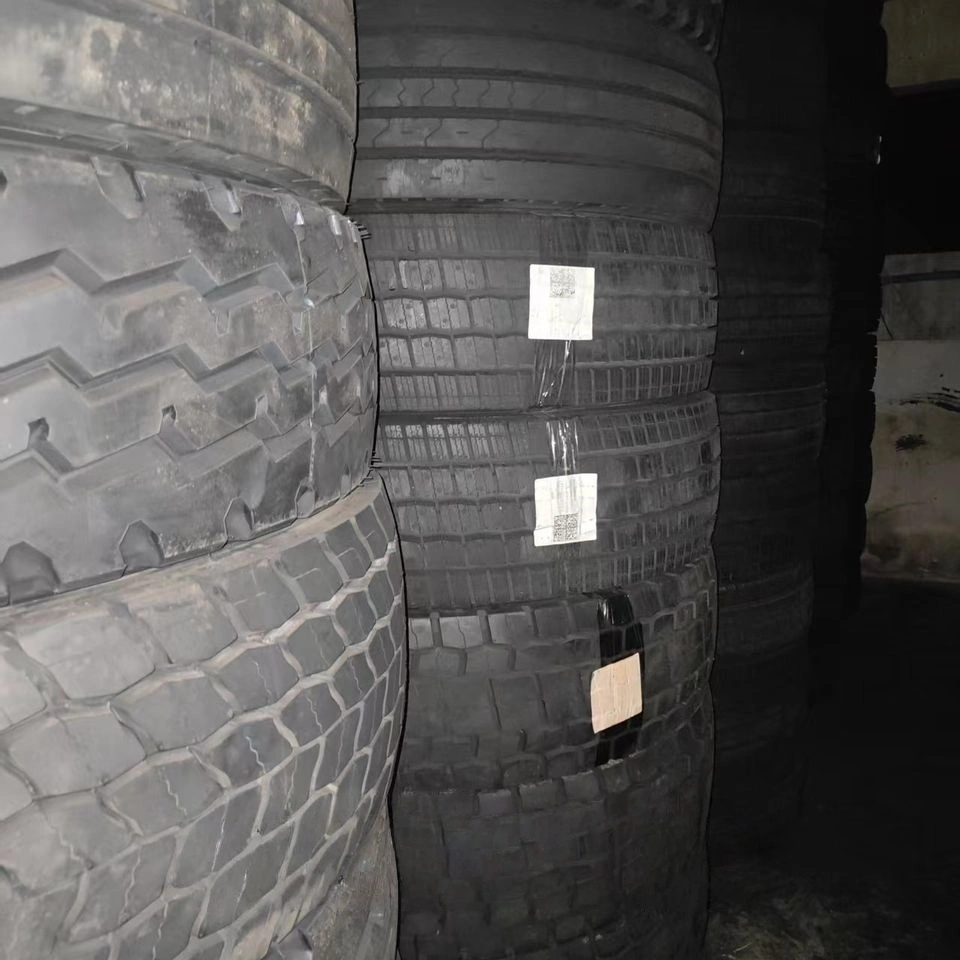
3. The three core advantages of B-Grade Tire: Why is it a "smart choice"?
1. High cost-effectiveness: enjoy 80% of the performance at 1/3 of the price of a new tire
The price of a new tire is often prohibitive (taking the common 205/55R16 specification as an example, the price of a new tire from a first-tier brand is about 600-800 yuan), while the price of a B-Grade Tire is only 200-400 yuan, a drop of more than 50%. More importantly, its remaining service life is generally 30,000-50,000 kilometers (depending on the specific tire condition). On a comprehensive basis, the tire cost per kilometer is only 1/3-1/2 of that of a new tire. For home car owners, logistics fleets or online car-hailing drivers, long-term use can save thousands or even tens of thousands of yuan in costs.
2. Safe and reliable: eliminate "sick tires" and only keep "healthy tires"
The biggest risk of traditional second-hand tires is that "hidden diseases are difficult to detect" - a tire with a good surface may have broken cord layers or rubber stratification inside, which is very easy to burst during driving. Our B-Grade Tire has been strictly screened through 12 processes, and all such "sick tires" have been eliminated, leaving only tires with complete structure and stable performance, which are as safe as new tires (according to third-party testing, the blowout rate of B-Grade Tire is lower than 0.3% of new tires).
3. Environmental protection and sustainability: Recycle resources and practice green concepts
According to statistics, about 200 million tires are eliminated prematurely (before reaching the design life) every year in the world, and 60% of them are still valuable. The B-Grade Tire model not only provides users with cost-effective options, but also reduces the waste of rubber resources and environmental pollution of waste tires by extending the service life of tires (each tire recycling process consumes 300 liters of water, and incineration will produce toxic gases). Choosing B-Grade Tire is not only a smart consumer decision, but also a contribution to environmental protection.
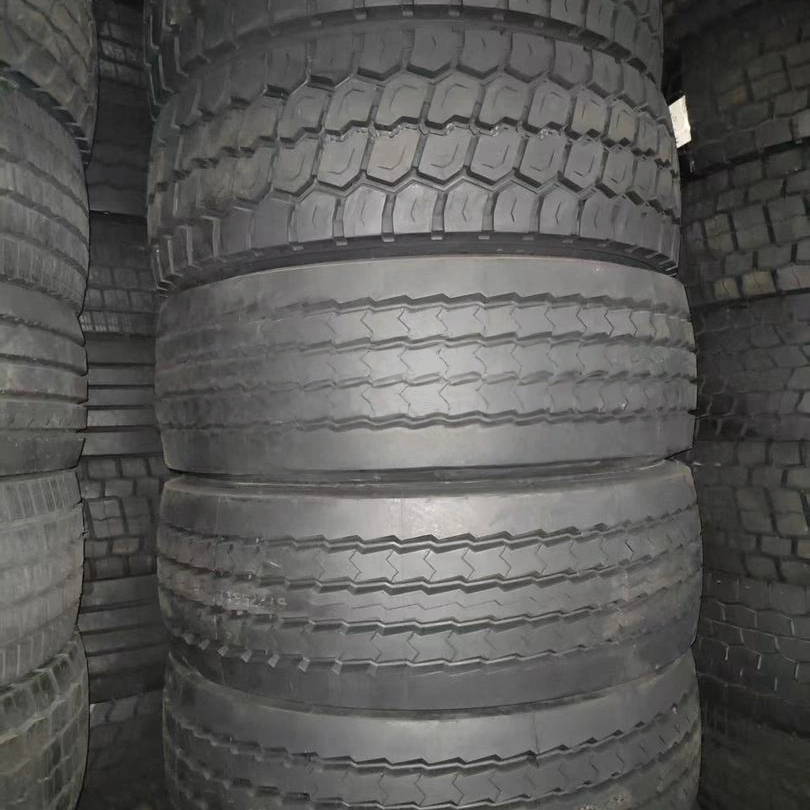
4. Thai factory endorsement: the "hard power" of controlling quality from the source
Our core advantage lies not only in the screening standards, but also in the full process support of professional local factories in Thailand. As one of the largest tire trading hubs in Southeast Asia, Thailand has the following unique advantages:
• Geographical and cost advantages: Thailand is located in the tropics, with a dry climate and little rain, so tires are not easily affected by moisture and aging during storage; at the same time, local labor costs are low, and with the large-scale screening process, operating costs can be effectively controlled, and more benefits can be passed on to users.
• Technical and equipment guarantee: The factory is equipped with tire testing equipment imported from Germany (such as X-ray flaw detectors, laser thickness measurement systems), as well as a professional repair team (with an average of more than 10 years of experience) to ensure that the processing of each tire meets international standards.
• Localized service network: Relying on Thailand's mature automotive aftermarket system, we have established long-term cooperation with local logistics companies and repair shops, and can quickly respond to the needs of the Southeast Asian and Chinese markets to ensure stable supply and worry-free after-sales.
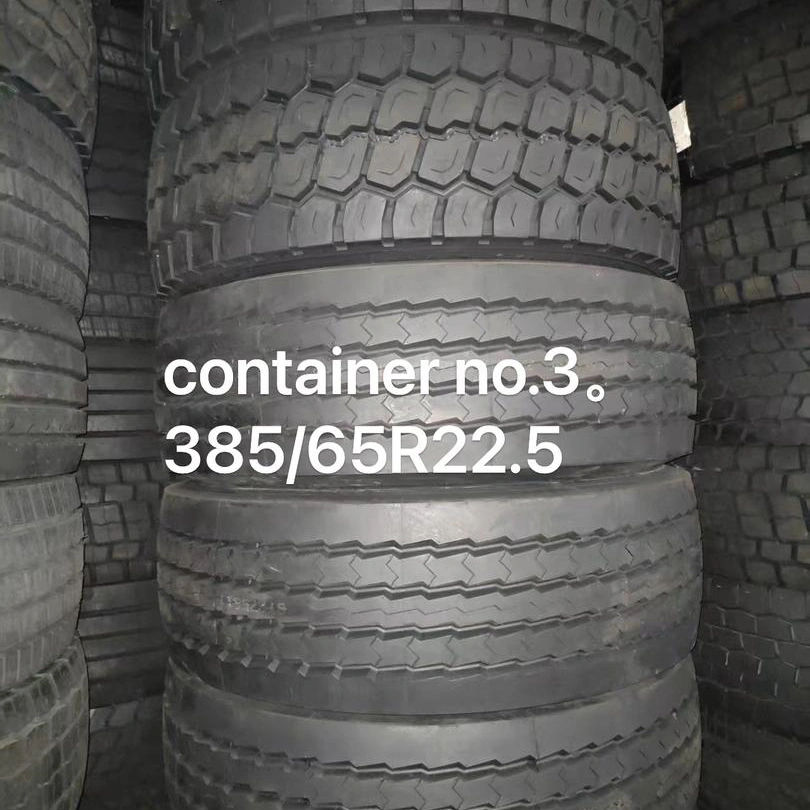
5. Applicable scenarios of B-Grade Tire: Not only "emergency", but also "optimal"
The value of B-Grade Tire is not only reflected in the "low price" label, but also relies on stable performance, traceable quality and flexibility to adapt to multiple scenarios, becoming the "optimal solution" for various needs such as family cars, commercial vehicles, and spare tire reserves. Whether it is a passenger car (PCR, Passenger Car Tire) for daily travel, or a truck/bus tire (TBR, Truck and Bus Radial Tire) that undertakes transportation tasks, B-Grade Tire can provide users with a use experience that exceeds expectations with "new tire-level quality and second-hand price". The value of B-Grade Tire is not only reflected in its price, but also because of its stable performance, it has become the "optimal solution" in a variety of scenarios:
• Daily commuting for family cars: For family users who travel 10,000-20,000 kilometers per year, choosing B-Grade Tire can reduce tire expenses by 30% while meeting the safety needs of daily commuting;
• High-frequency use of commercial vehicles/online ride-hailing vehicles: Vehicles such as logistics vehicles and taxis that travel more than 300 kilometers per day have higher requirements for tire wear resistance. The remaining life and performance of B-Grade Tire can fully match high-intensity use;
• Spare tire reserve: Each vehicle needs at least 1-2 spare tires. Choosing B-Grade Tire as a spare tire can not only meet emergency needs, but also avoid the high cost of new tires (the average annual cost of a spare tire is only a few dozen yuan).
TBR and PCR double coverage: "all-round player" adapted to all scenarios
Our product matrix covers two categories: PCR Tire (passenger car tires) and TBR Tire (commercial vehicle tires), accurately matching the needs of different models:
• PCR Tire: Mainly for family cars, SUVs and other models, focusing on quietness, comfort and wet grip, suitable for daily travel scenarios;
• TBR Tire: Covering heavy vehicles such as trucks, buses, and engineering vehicles, strengthening load-bearing capacity, impact resistance and wear resistance, and adapting to high-intensity scenarios such as logistics transportation and engineering construction.
Whether the user is a family car owner, a logistics company or an online car-hailing driver, they can find a suitable cost-effective choice in B-Grade Tire.
Conclusion: B-Grade Tire-Redefine the standard of "good tires"
B-Grade Tire has found the perfect balance between the contradiction between "new tires are too expensive" and "second-hand tires are unsafe": it is not a "compromise" choice, but a "smart" consumption; it is not the result of "compromise", but the result of "professionalism". Through strict screening, professional repair and transparent traceability, we make every B-Grade Tire a "trustworthy partner".
If you are looking for a "cost-effective and reliable" tire, you might as well try B-Grade Tire - use the price of a new tire to enjoy performance close to that of a new tire, making every trip safer and more economical.
(Note: Please provide information such as vehicle model and tire specifications before purchase. We will recommend the most matching B-Grade Tire model for you, and provide free installation guidance and 3-month warranty service.)
Conclusion: Scenario-based needs are the core logic of choosing tires
The value of tires ultimately returns to the "use scenario" itself. The "applicable scenario" logic of B-Grade Tire is essentially a deep insight into user needs - family cars need a balance between safety and economy, commercial vehicles need durability and cost optimization, and spare tires need reliable and low-cost reserves. Through strict screening standards and scenario adaptation, B-Grade Tire not only breaks the stereotype of "used tires = low quality", but also redefines the standard of "good tires": not the lowest price, but the optimal solution of "performance-cost-safety".
